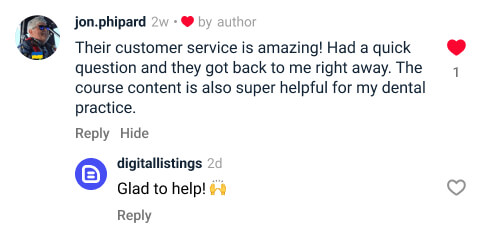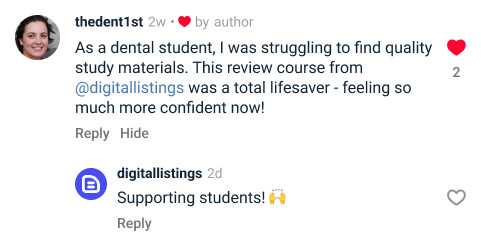Introducing the Atlas of Complex Orthodontics, a revolutionary new text with step-by-step instructions for treating today’s toughest orthodontic cases. Over 1,500 full-color clinical photographs, radiographs, and illustrations present each phase of treatment in this atlas-style guide, starting with the pre-treatment work-up, continuing through the treatment sequence, and ending with the final results. Drs. Ravindra Nanda and Flavio Uribe cover the latest techniques for managing moderate to severe orthodontic problems, including the use of temporary anchorage devices and the “surgery-first” orthognathic approach, to ensure you stay ahead of the curve in the ever-changing field of orthodontics.
- A standardized, atlas-style presentation for each case takes you through the pre-treatment intraoral, extraoral, and smile analysis; the diagnosis and case summary (including the problem list and treatment plan); a brief discussion of the treatment options; the treatment sequence and biomechanical plan; and the final results.
- UNIQUE! Over 1,500 high-quality photographs, radiographs, and line drawings illustrate the stages of treatment for a wide range of complex orthodontic problems to help improve understanding.
- Discusses moderate to severe orthodontic problems, including: vertical problems; anterior-posterior problems; transverse problem; missing maxillary lateral incisors; impacted teeth; and surgical correction of dentofacial deformity.
- Multidisciplinary approach to treatment helps you draw appropriately from multiple disciplines, redefine problems outside of normal boundaries, and reach solutions based on a new understanding of complex situations.
- Coverage includes the “surgery-first” orthognathic approach (SFOA),a timesaving procedure in the combined orthodontic-surgical approach to selected cases of prognathism.
- Highly regarded lead author, Dr. Ravindra Nanda, is Chair, Department of Orthodontics at University of Connecticut and widely known in the field of orthodontics.
- Addresses the use of temporary anchorage devices (TADs) in correcting different types of malocclusion.
















Reviews
There are no reviews yet.